Scientists have conducted a new study in a real-world clinical setting and found out how patients with atopic dermatitis react to lebrikizumab, a drug that targets interleukin-13 (IL-13). The results may lead to new and personalized approaches for treating this condition.
Advertisement
Patient-derived cells have the potential to enhance drug screening tools and improve patient outcomes.
An analysis of CKD trials supported 3-year total slope as the primary slope-based outcome in randomized trials.
Researchers identified the pathologic and clinical characteristics of patients who experience disease relapse.
While cytoreductive drugs did not reduce thrombosis risk, interferon significantly improved myelofibrosis-free survival.
Cyclophosphamide-rituximab therapy and minimal use of glucocorticoids in ANCA-associated vasculitis may reduce morbidity.
The race of patients with ADPKD affects waitlist experience, allograft quality, and post-transplant outcomes, a study found.
The drug significantly reduced the annual rate of moderate or severe exacerbations in eosinophilic phenotypes.
A study of real-world data found that tolvaptan reduced long-term kidney function decline in ADPKD.
DocWire Content Partners
Powered by DocWire News
The Latest From GI Oncology Now
Suvemcitug, envafolimab, and FOLFIRI may serve as a new second-line treatment option for cold tumors.
KRASG12C inhibitors can have reduced efficacy in patients with alterations in KRAS, EGFR, and other genes.
Complete responders with HCC have prolonged survival and durable disease control even after therapy has been discontinued.
The primary objective of median PFS was significantly longer for patients treated with 177Lu-edotreotide.
The safety profile of the combination was consistent with known profiles, and no new safety findings were observed.
Older patients in their 70s with extrahepatic CCA have a higher rate of choledocholithiasis.
The Latest From Heme Today
While cytoreductive drugs did not reduce thrombosis risk, interferon significantly improved myelofibrosis-free survival.
A preclinical mouse study showed hemostasis restoration, as well as use for active bleeding and internal bleeding prevention.
A novel complement-targeting agent shows impressive efficacy and safety without immunosuppression of the classical pathway.
Investigation of a HUNT Study cohort found elevated plasma MBL levels to be associated with increased risk for future VTE.
Reactive oxygen species levels decreased and patients with evident bone marrow failure showed hematological response.
A cohort study of extended-phase anticoagulation following acute management was performed in the phase III EINSTEIN Jr trial.





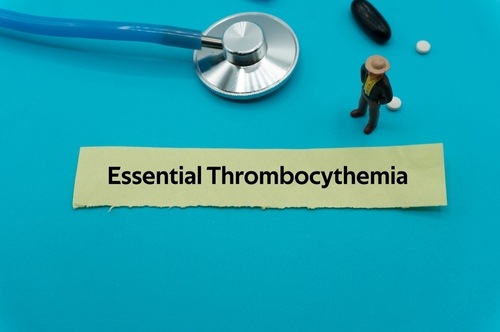






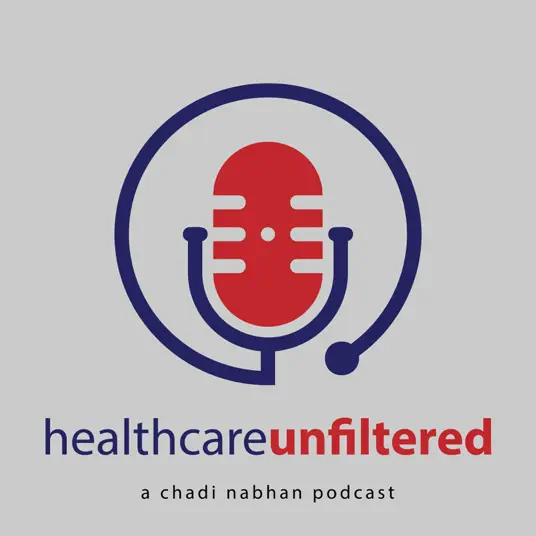









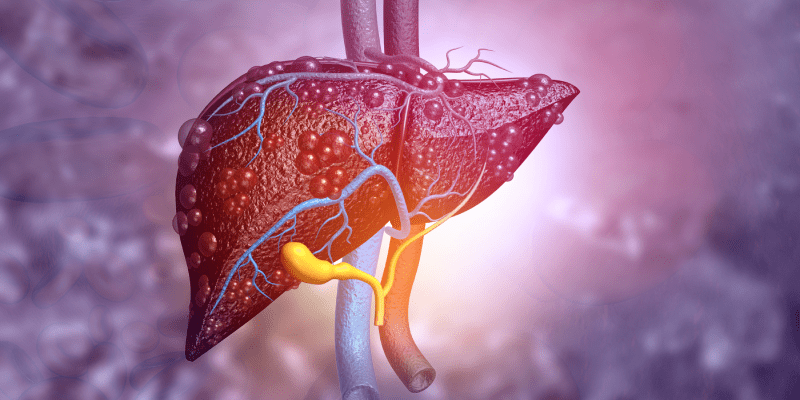
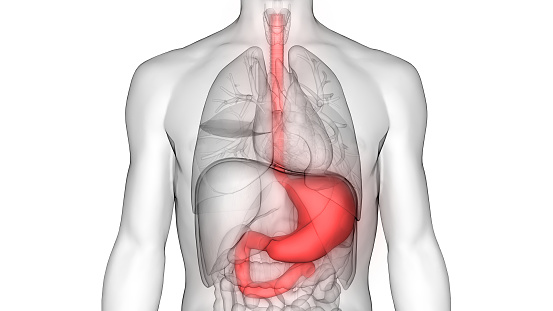




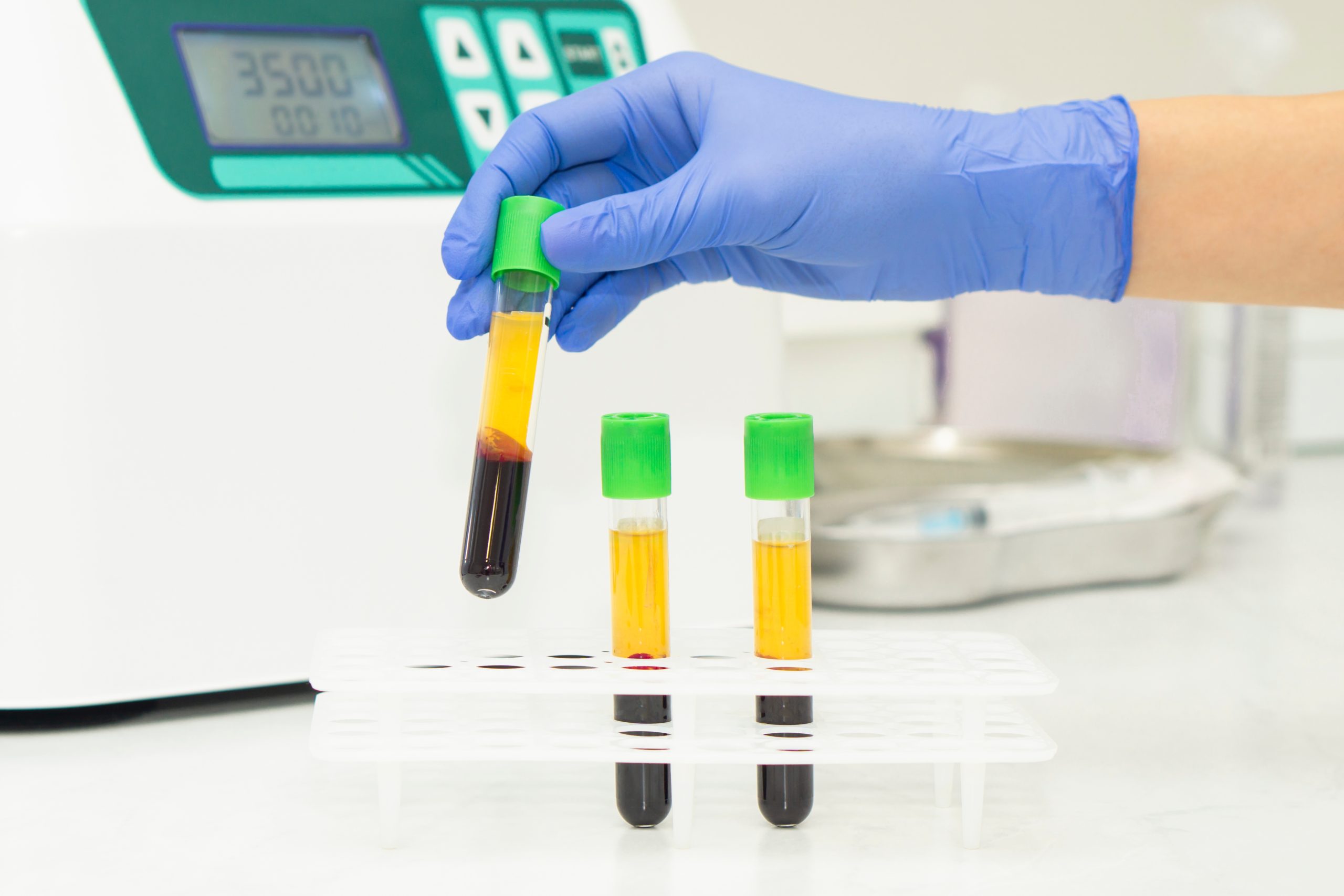
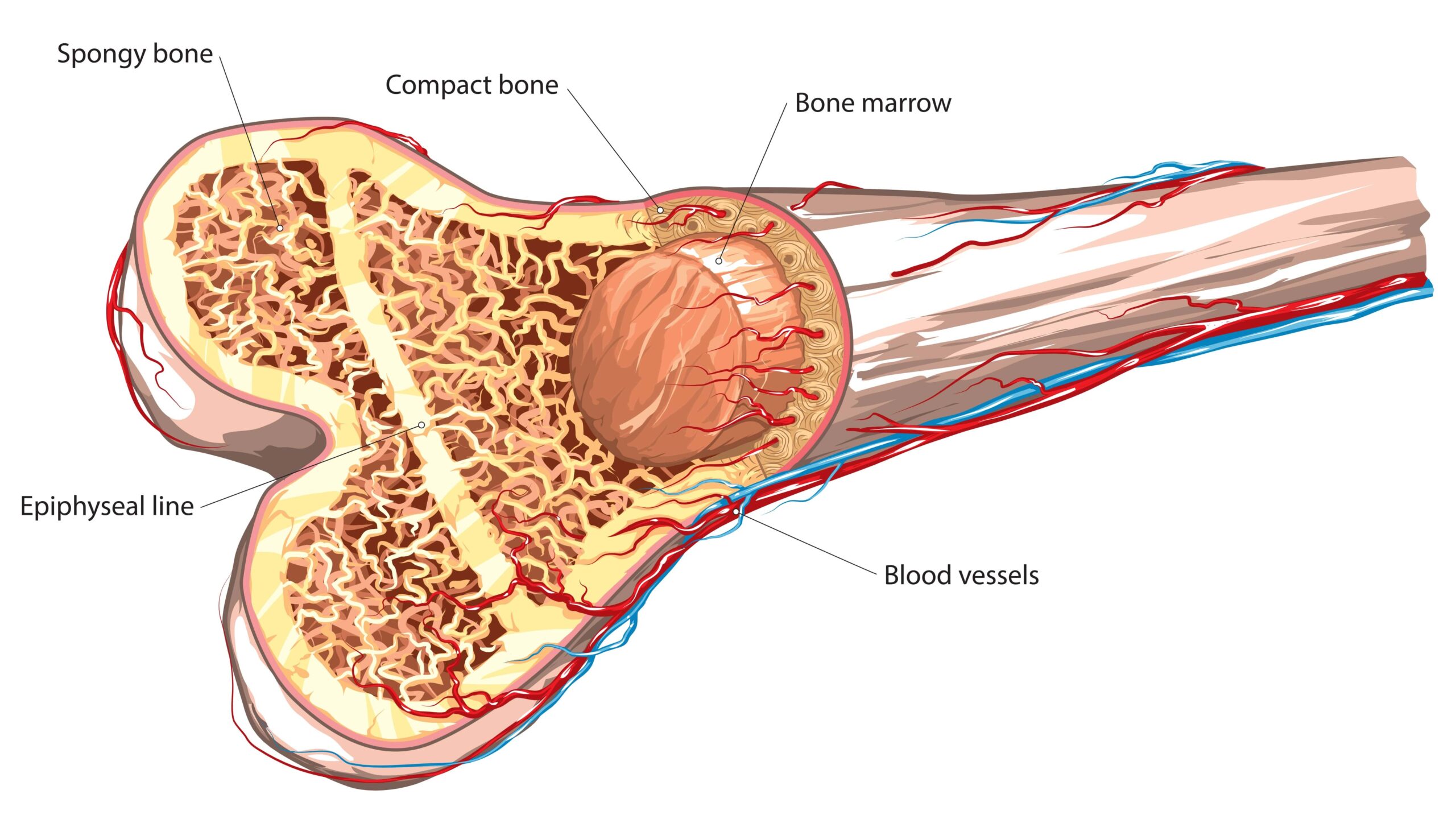







 © 2025 Mashup Media, LLC, a Formedics Property. All Rights Reserved.
© 2025 Mashup Media, LLC, a Formedics Property. All Rights Reserved.